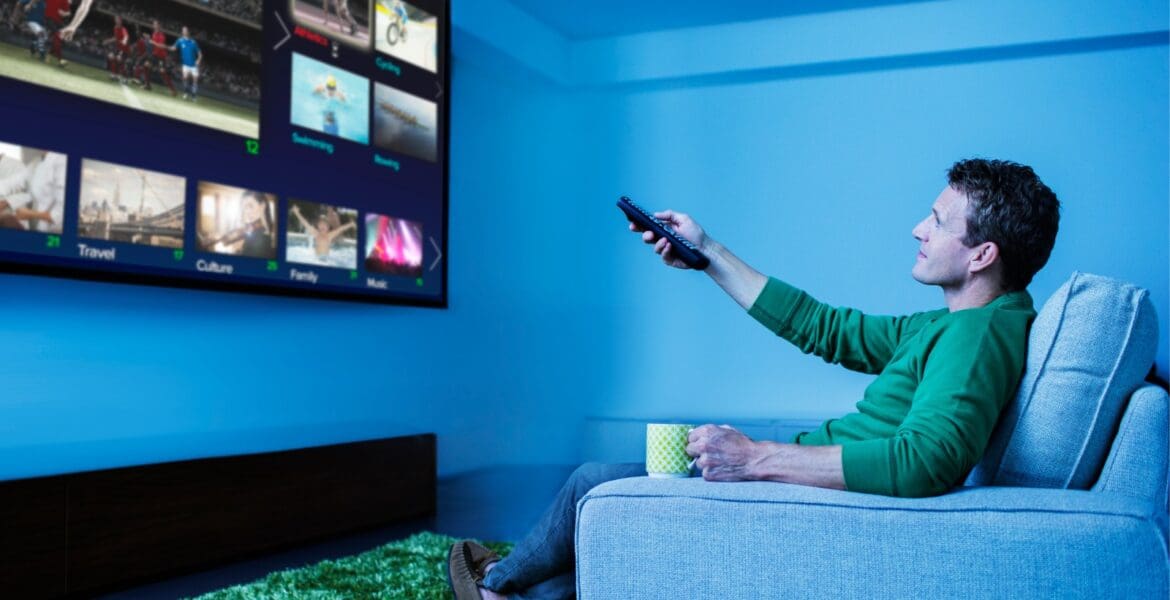By Nicole R Ferrera, Head Of Product Marketing at Aki Technologies, an Inmar Intelligence company
Do you ever watch Connected TV and feel like you woke up in a 2am infomercial loop?
Advertising best practices suggest a 5-7x advertising frequency for viewer recall. But on CTV, this often translates to the same advertisement airing during every single commercial break, sometimes even twice in a row. For viewers, advertising fatigue is unquestionably CTV’s biggest problem. About four out of five consumers, according to Morning Consult you can read here, say they’re irritated by how often advertisements are replayed on streaming platforms.
As the marketing industry shifts to a modern mindset of “what’s good for my audience is good for me,” how can advertisers combat ad fatigue without compromising their bottom line?
The solution lies in creative variation, which enables advertisers to deliver the frequency they need, while also ensuring the non-repetitive CTV experience viewers deserve. If that sounds like a multimillion dollar creative production solve, the best news is that it doesn’t have to be. Here are a few specific ways that brands can put creative variation into action—without breaking the bank.
Diversify with Continuity
Creative variation doesn’t mean producing 20 broadcast-ready commercial spots. In fact, one TV spot with subtle variations can be a more efficient and equally impactful approach to providing enough repetition for recall without pushing viewers to burnout.
In deciding which creative elements to maintain and which to vary, it depends on your brand target audience. Generally speaking, however, studies have shown that most people tend to be visual learners versus auditory learners, according to this white paper on SSRN. One approach could be to leverage consistent visuals for recall, while diversifying auditory elements (e.g. music and voiceover) for viewer appeal.
Take GEICO, for example. The brand produces a tremendous variety of advertising creative, with one element typically taking center stage: the GEICO gecko. That’s because the brand knows that the gecko has an impressively high favorability rating, you can read here on the NPR transcripts, among consumers and is a powerful reminder of the brand. Now, more than 20 years old with over 150 commercial variations, the gecko character delivers continuity and his jokes deliver creative diversity. By simply varying the gecko’s script, the brand delivers the holy grail of a retention-building frequency while bypassing creative fatigue.
Elevate Creators in Advertisements
Another path toward creative variation can be found within the creator community. Creators, after all, are the new celebrities, extending their influence across TikTok and well beyond. Importantly, these individuals resonate powerfully with younger generations, with almost half of Gen Z saying they trust online content from the creators they follow, according to this article in AdWeek.
By including creator content within advertisements, brands can elevate creators and establish deeper connections with younger audiences, all while streamlining production. Now that everyone has access to digital content creation platforms, advertisers can lean into permissioned content to unlock creative diversity and alleviate internal creative production lift, just like Apple did with its “Shot On iPhone” campaign, according to this article in AdWeek. Or, brands can unite with influencers that bring built-in audiences with them, as Dunkin’ did through its partnership with TikTok creator Charli D’ Amelio, you can see here on Coffee At Three.
Leverage Dynamic Creative Modules
Ok, but how do advertisers keep all this creative diversity in budget? After all, it’s costly to produce a single commercial, nevermind 20, or more. The key to increasing creative variety while keeping costs low comes down to using tools that power creative diversity dynamically, at scale.
In the same way that airline safety videos include a placeholder to call out the specific safety considerations of the plane on which the video is being aired, advertisers can carve out modular segments in their CTV creative that can be responsive to signals. By leveraging such options, advertisers not only diversify their creative and reduce advertisement fatigue, but they also create experiences that viewers find personally useful.
For example, a recent Thursday Night Football campaign used dynamic creative tools, including an API feed, to showcase live game scores in its advertisements. Through API partners and other technology providers, there are hundreds of variables—from pollen count to weather conditions—that advertising creative can dynamically adjust for. This real-time responsiveness bolsters advertising variation and relevance, without adding debilitating creative production lift.
The current CTV landscape holds the potential to make ad fatigue an annoyance of the past. By leveraging thoughtful creative strategies and dynamic tools, we can reconcile advertisers’ needs for frequency and viewers’ needs for diversity to deliver an experience that’s considerably more ideal for both.





